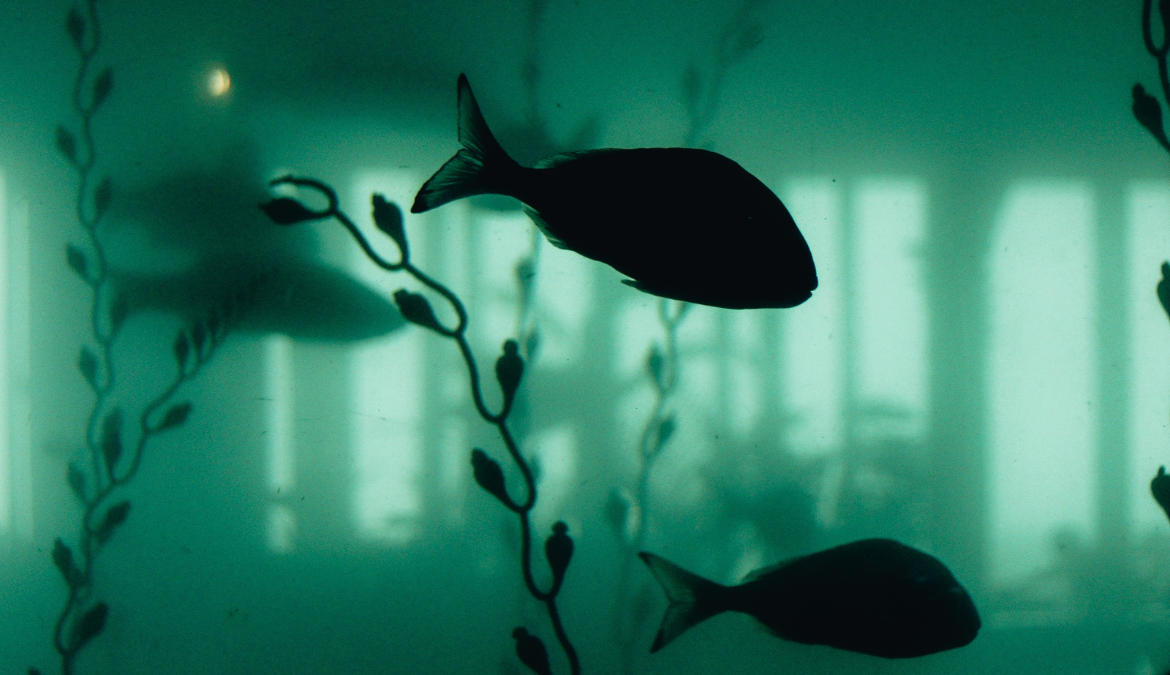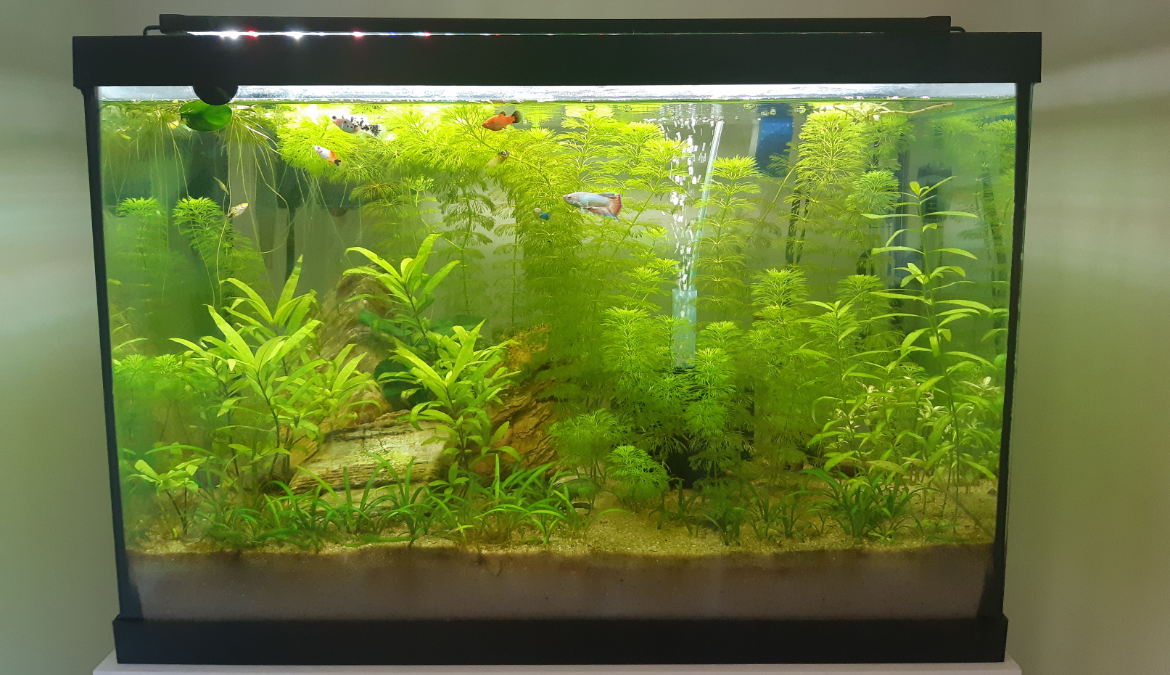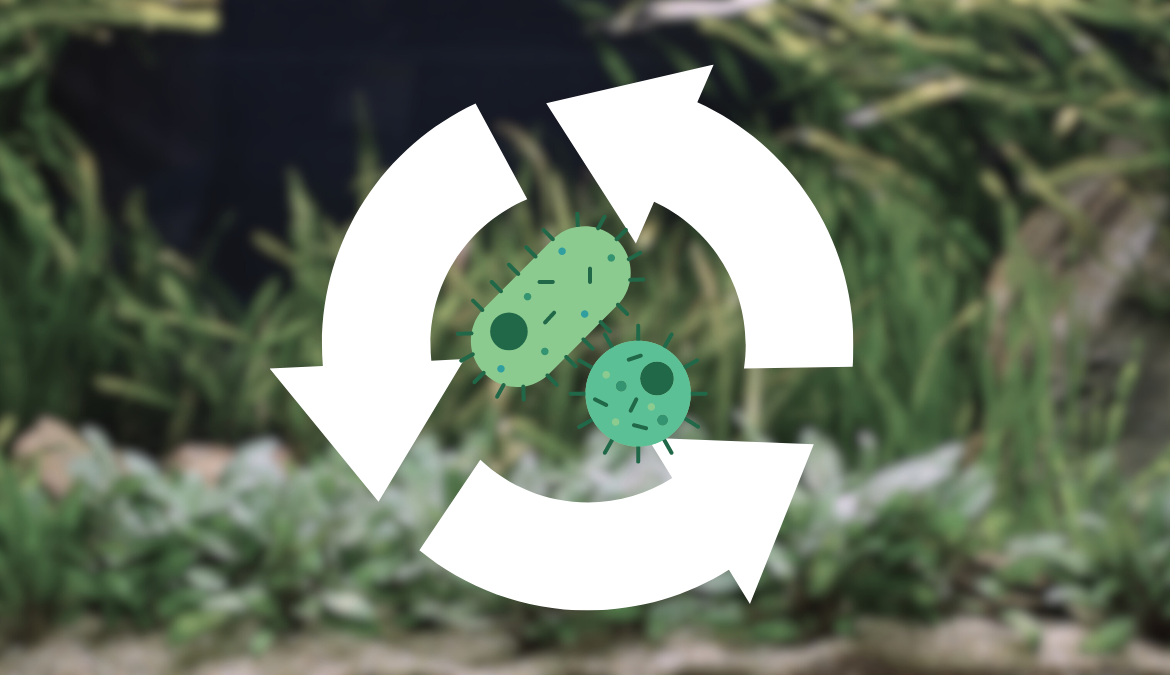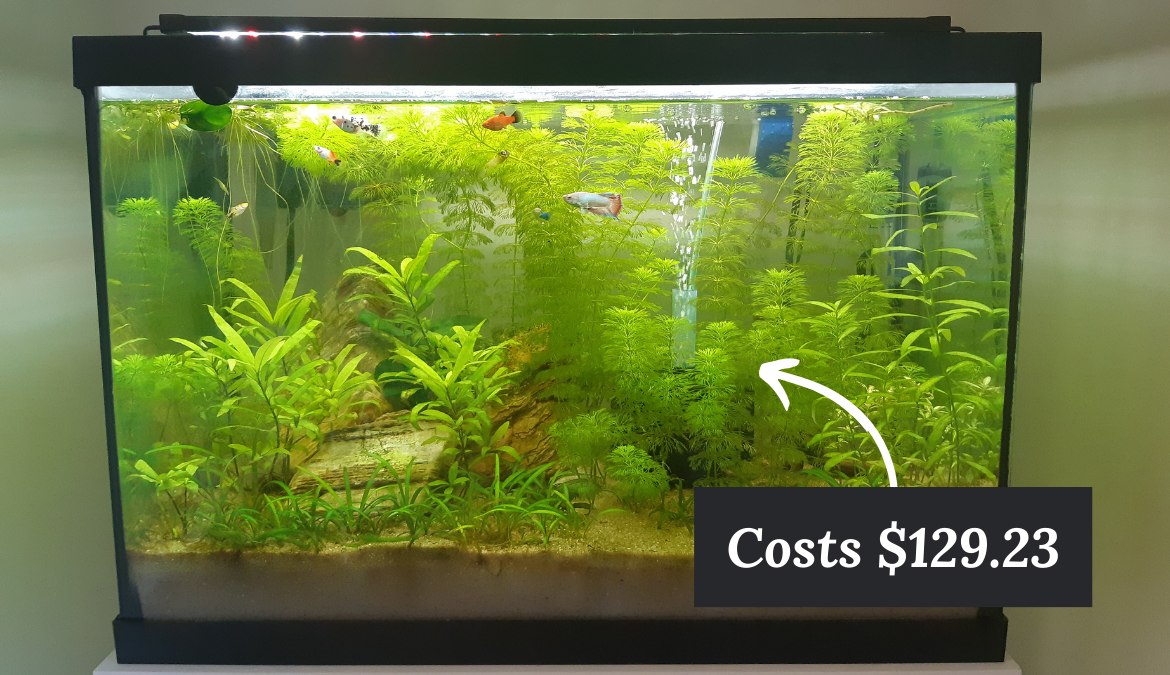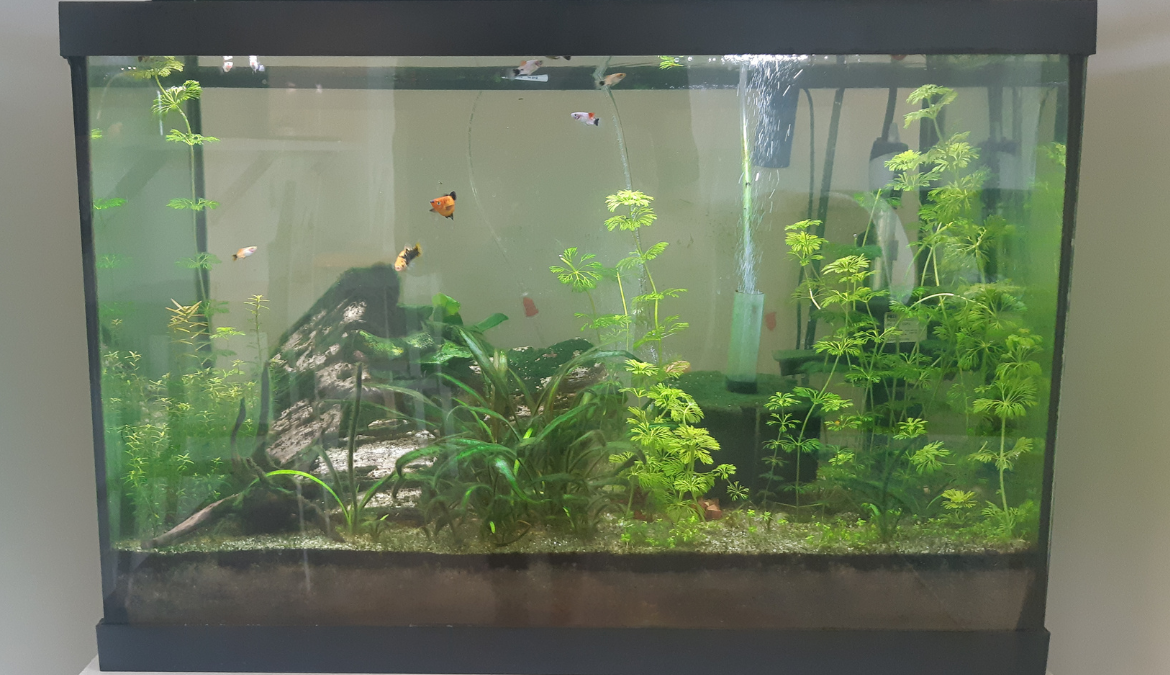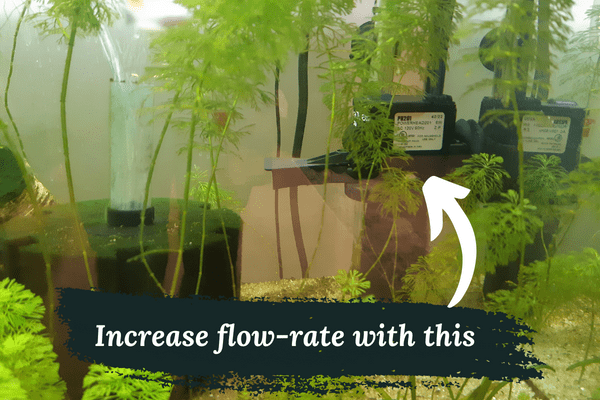Smaller tank sizes, standard glass material, dirt substrate, sponge filters, and local plant buy & sells are tactics for successfully building a planted aquarium on a budget. A 5-gallon planted tank can be built for $129.23 or less if you can find sales, buy some equipment used, and trade with other local aquarists.
There are many expensive equipment options for building planted aquariums. But many of them are not necessary or excessive for the average fishkeeper – especially if you’re only building a small-sized tank.
This article explains my best tactics for building an affordable planted aquarium:
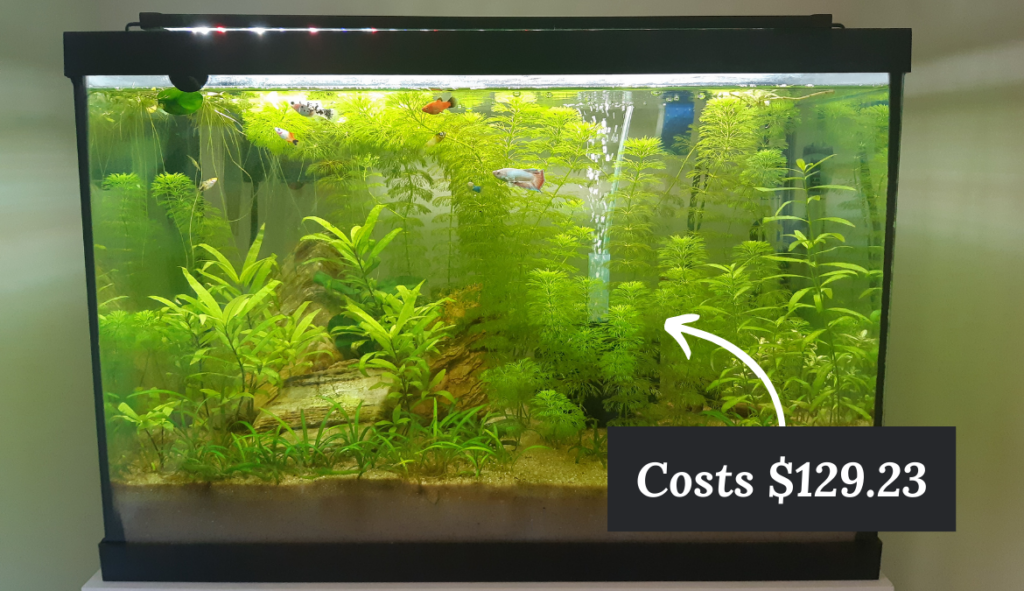
| Item | Budget cost (USD) | Required |
| Standard glass tank (5 gallons) | $20.00 | Yes |
| Organic potting soil (5 lbs) | $5.00 | Yes |
| Inert sand (5 lbs) | $5.26 | Yes |
| NICREW SkyLED light | $31.99 | Yes |
| 25W heater | $22.99 | Maybe |
| Small sponge filter | $11.99 | Yes |
| USB air pump | $12.00 | Yes |
| Plants (x4) | $20.00 | Yes |
| Total | $129.23 |
As you can see from above, I was able to find all of the necessary equipment to build a successful 5-gallon planted aquarium for $129.23!
Prices will depend on where you buy your equipment, if it’s new or used, and how resourceful you can be at finding good deals for some of these items.
Below are some more detailed considerations for each of these items:
Contents
Considerations for a Budget Low-Tech Planted Tank
Size and Material of the Tank
When choosing the right tank for a low-budget low-tech planted aquarium, consider a smaller size, such as 5 or 10 gallons, since these are more affordable and lighter in weight. They will also require less substrate and fewer plants, further reducing your total cost.
Just remember that small tanks are most suitable for shrimp and only very small fish species!
Also, smaller tanks tend to have less stable water parameters and will collect waste and debris more quickly. This means you will likely need to perform more frequent water changes and maintenance.
But this might be a worthwhile tradeoff to save money.
The cost of your tank will depend on the brand and where you buy it. Standard glass, tempered glass and acrylic are the three main materials that aquariums are made of. Standard glass is usually the least expensive and your best bet for a low-budget setup.
Here is a rough estimate on how much an aquarium might cost at varying sizes:
| Aquarium Size (gallons) | Standard Glass (USD) | Tempered Glass (USD) | Acrylic (USD) |
|---|---|---|---|
| 2.5 | $10 – $20 | $20 – $30 | $25 – $40 |
| 5 | $20 – $30 | $30 – $50 | $40 – $70 |
| 10 | $30 – $50 | $50 – $80 | $70 – $100 |
| 15 | $45 – $70 | $70 – $100 | $100 – $140 |
| 20 | $60 – $90 | $90 – $130 | $130 – $180 |
| 30 | $80 – $120 | $120 – $180 | $180 – $250 |
Why does material matter?
Your material choice will affects a few things:
- Scratch resistance;
- Stability under weight;
- Glass clarity;
- Strength against impact;
- Weight; and
- Ability to drill holes & customize.
If you’re on a budget, and have decided to build a smaller 5 or 10-gallon tank, then the least expensive standard glass option is absolutely fine.
A 5 or 10-gallon tank will not contain enough water weigh to cause stability or strength problems. And things such as glass clarity and ability to customize are likely not very important to you at this point.
How to determine what material your tank is made of
Standard Glass vs Acrylic: This is usually straightforward because acrylic is much lighter than glass. Glass tanks are significantly heavier. You can also perform a knock test. Glass has a higher pitched sound compared to acrylic when you knock on it.
Standard Glass vs Tempered Glass: This is a little tricky as there is no surefire visual way to differentiate them. Some tempered glass may have a stamp or label indicating that it’s tempered, but this is not always the case. A polarized lens (like polarized sunglasses) can sometimes show patterns in tempered glass not seen in standard glass, but this method is not always reliable.
Choice of Substrate
There are a few affordable substrate options to consider for a budget low-tech planted tank:
| Substrate Type | Approximate Cost (USD per pound) | Suitability for plant growth |
|---|---|---|
| Organic potting soil | $0.50 – $1 | Excellent |
| Gravel | $1 – $2 | Not great |
| Sand | $1 – $3 | Not great |
| Crushed Coral | $2 – $4 | Not great |
| Fluorite | $3 – $5 | Not great |
| Eco-Complete | $4 – $7 | Excellent |
| ADA Amazonia | $4 – $7 | Excellent |
| Fluval Stratum | $4 – $7 | Excellent |
Most planted tank ‘experts’ will recommend using a top-of-the-line commercial aqua soil, which are the ones at the bottom of the table above. These are not only unnecessary but will add a tremendous cost to your budget tank.
Even if you have a small tank, you can only buy substrate in medium or large sized bags, leaving you with a lot of unused substrate and extra added costs.
The table above also shows an obvious choice for not only budget planted aquariums but any planted quarium – organic potting soil!
I’m talking about the stuff that you buy from your local garden store and not from your local fish store. I’ve written a number of articles on successfully building a dirted tank.
Here is the organic potting soil I found at my local gardening store:
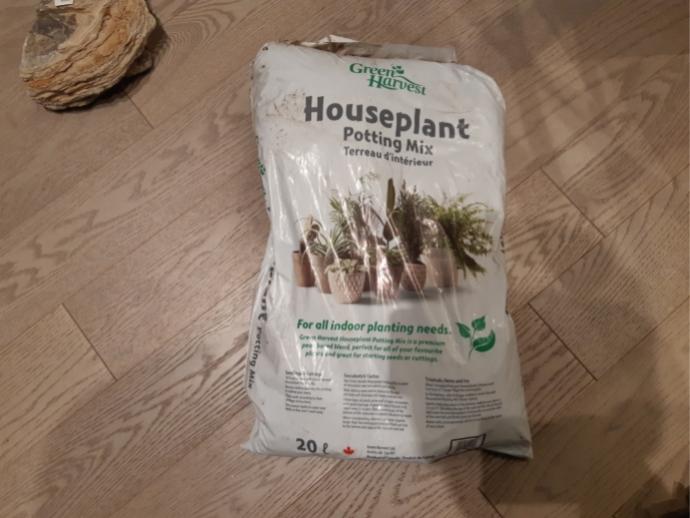
With this method you will need to buy both organic garden soil or organic potting soil of some sort, plus some kind of inert sand to cap it with.
I chose to use Super Naturals Premium Aquarium Sand, but this is not the most budget-friendly sand option. There are plenty of cheaper sand options to choose from.
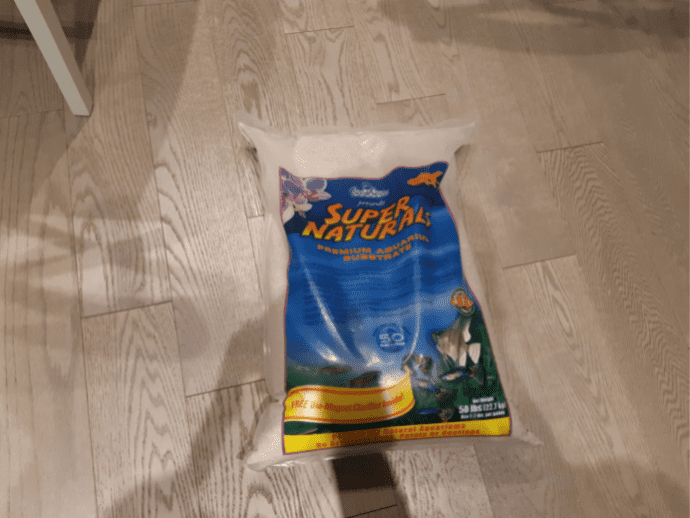
Combined, these will likely cost less than a commercial aqua soil and will give your plantsa tremendous amount of nutrients to flourish.
Selection of Lighting
For a low-tech planted tank, you need lighting that offers the optimal PAR (Photosynthetically Active Radiation) while staying within your budget.
You can find affordable LED lights that produce the right spectrum for low to medium light-demanding plants. Additionally, consider investing in a light timer to provide consistency and stability for plant growth.
For a low-tech tank, you will require much less light than a high-tech tank. This is because your plants will have less available carbon in the water, which means excess light will simply not be utilized. Plus, too much light will cause algae outbreaks.
I currently use a Hygger light with a built-in timer which I paid roughly $122 CAD ($90 USD) for. But I’ve also had success using the NICREW SkyLED which cost me $45 CAD ($34 USD).
As you can see below, I tested using two NICREW on my 20-gallon to achieve better coverage. But this is definitely not necessary, especially for budget builds.
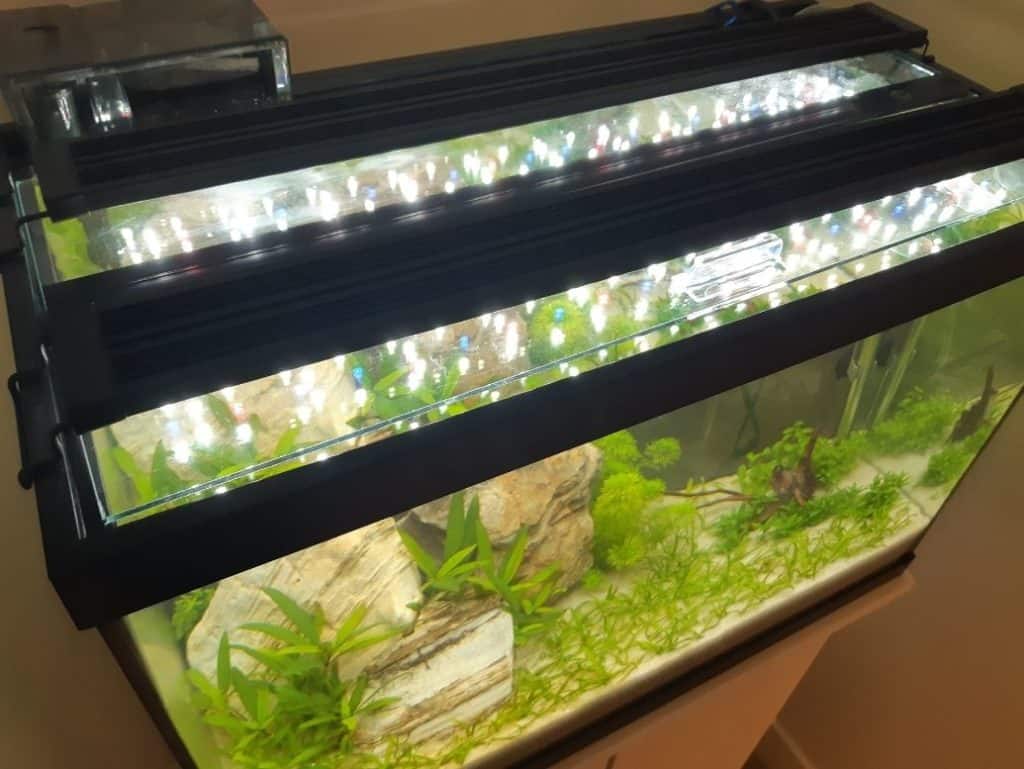
Many aquarium lights include timers to automatically turn the lights off and on each day. This is convenient because you don’t have to do it manually. But it also makes sure your tank is getting a consistent amount of light each day.
However, some budget lights might not include a timer, so I would recommend getting one of these:
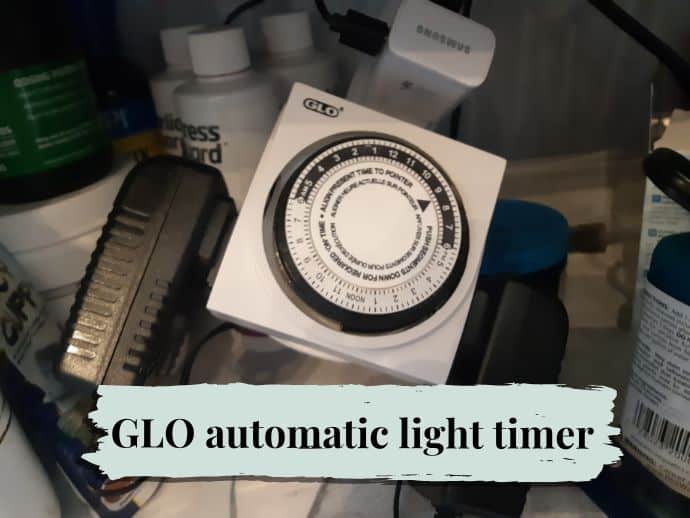
It’s a programmable timer that you can plug electronics into. So you would plug your lights into it and adjust the timer to turn your lights on and off. This cost me about $15 CAD ($11 USD) so it’s very affordable and might fit into your budget.
Heater Options
Maintaining a consistent temperature is crucial for a healthy planted aquarium. A cost-effective, adjustable heater can help maintain the appropriate water temperature.
If you’re keeping fish then I absolutely recommend buying a heater because temperature fluctuations can cause stress. But if you’re just doing a plant-only tank then a heater is not necessary.
You can buy heaters for a 10-gallon tank for $20 CAD.
Filtration Options
Water movement and filtration are essential for plant and fish health in low-tech tanks. My favorite option, which is also the least expensive, is the sponge filter.
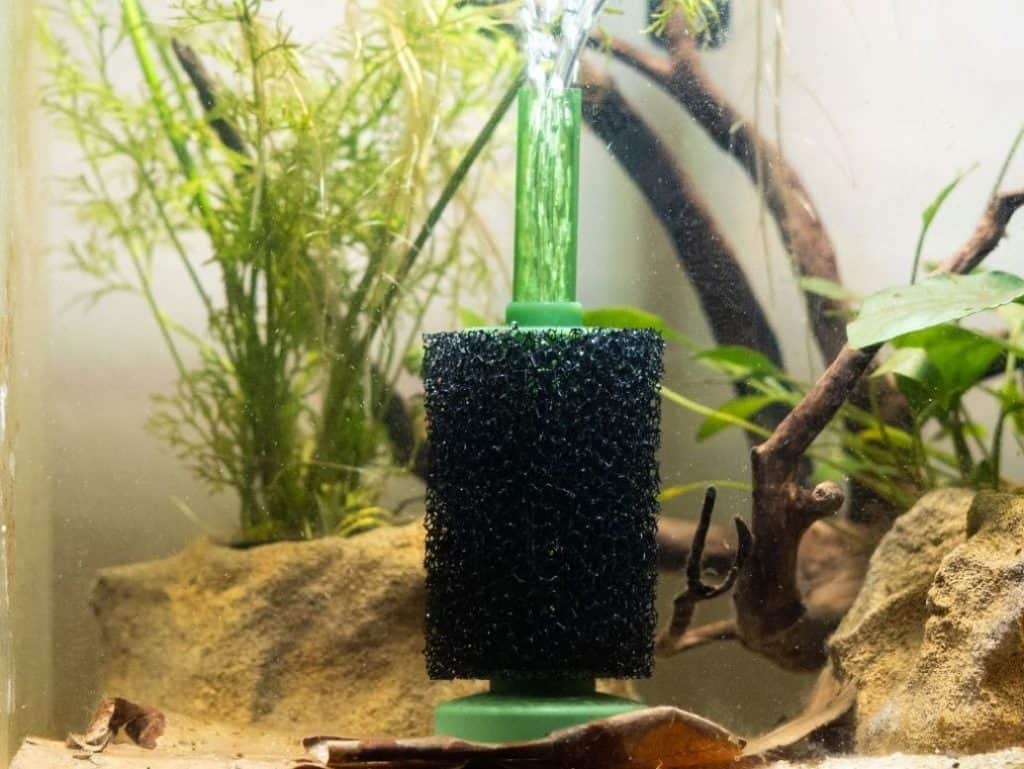
These provide both mechanical and biological filtration by using porous sponges to house beneficial bacteria. To operate these you will need both the sponge filter itself ($15 CAD) and a USB air pump ($15 CAD).
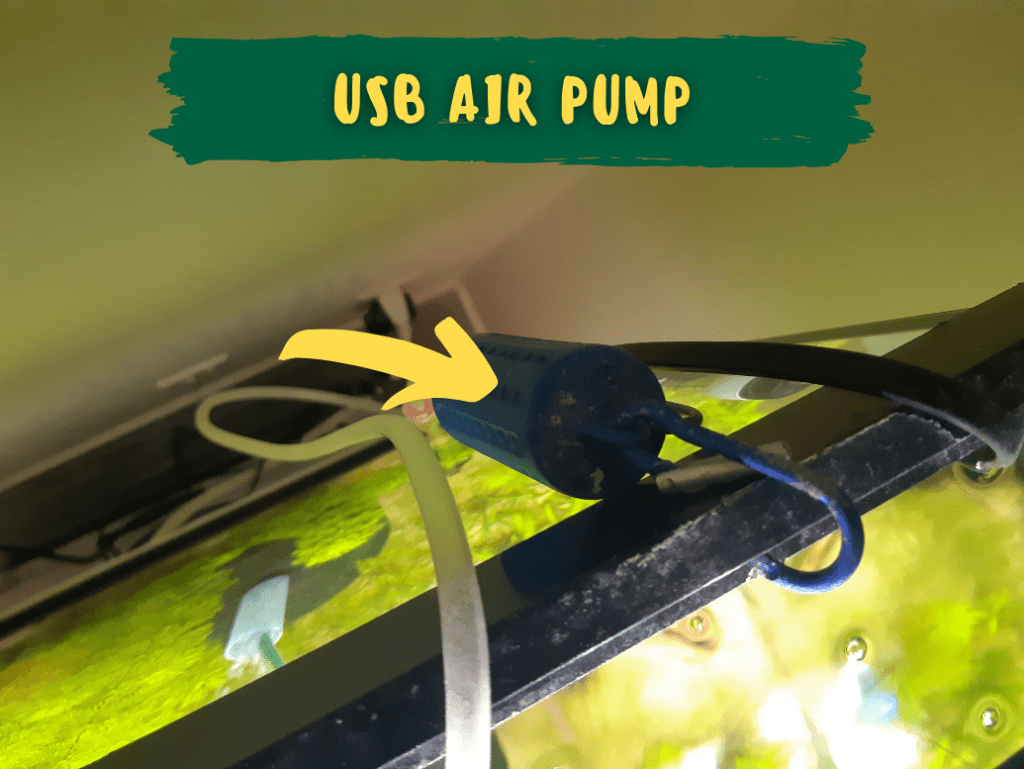
Buy used equipment
In my experience, one of the best ways to find affordable tanks is to look for second-hand options in your local classified ads, social media marketplaces, or at garage sales.
The most important thing is to check the seals of the tank itself to make sure there are no obvious signs that it might fail.
But as I mentioned before, a 5 or 10-gallon tank will pose a small risk of failure because the tank will need to withstand much less weight than a larger 50-gallon tank, for example, which can weigh more than 450 pounds!
Always make sure the tanks are in good condition before purchasing. An alternative is to wait for sales at aquarium stores, where they may offer discounted tank kits.
Affordable Plant Choices for Low-Tech Tanks
As a planted tank enthusiast, I understand the importance of choosing affordable, low-maintenance plants for a low-tech setup. In this section, I will discuss various plant options that suit different budgets and require minimal care.
Hardy and Low Maintenance Plant Species
When it comes to low-tech tanks, selecting hardy and low-maintenance plant species is crucial. The following plant species are common, inexpensive and easy to maintain because they will grow quickly and without much help:
- Anubias: These plants are extremely hardy and can thrive in low-tech setups. They come in various sizes and shapes, making them ideal for any tank design.
- Java Fern: Java fern is easy to care for and can survive in a variety of water conditions. It has a unique appearance and can be attached to rocks or driftwood.
- Cryptocoryne: These plants are known for their low-maintenance requirements and ability to tolerate low light levels. They provide excellent ground cover and come in various colors.
- Moss: Moss species, such as Java moss, offer beautiful texture and can be easily attached to surfaces in the tank. They require minimal care and can grow quite fast in low-tech tanks.
- Amazon Sword: This plant is suitable for beginners due to its ease of care and ability to tolerate a range of water conditions. It grows relatively quickly and can create a lush backdrop in your tank.
- Floating plants: Floating plants like duckweed and water lettuce provide shade and help maintain stable water parameters. They are inexpensive and require minimal maintenance.
Propagating Your Own Plants
To save money, I often propagate my own plants instead of purchasing new ones. Propagating is a simple process that involves cutting or separating parts of a mature plant and replanting them into the substrate.
This method works well for species like Anubias, Bucephalandra, Java fern, and various mosses. The new plants will eventually grow and fill out your tank, providing more greenery without any additional cost.
Local Plant Exchanges and Sales
Another way I cut costs is by participating in local plant exchanges or sales. Many aquatic plant clubs, forums, and hobbyists organize events where members can trade or sell their excess plants at affordable prices.
This is a great opportunity to obtain a variety of easy-to-grow, low-maintenance plants for your low-tech tank while also connecting with fellow enthusiasts.
So, with these tips and plant choices in mind, creating a beautiful and budget-friendly low-tech planted tank is more than achievable. Good luck, and enjoy the process of designing and maintaining your new aquatic landscape!
Ongoing Maintenance on a Budget
DIY Fertilizers and CO2 Systems
As a low-tech planted tank enthusiast, I know the importance of maintaining a proper nutrient balance for my plants. One way I save money is by using homemade fertilizers like root tabs and potassium-rich solutions.
I make my own root tabs with either homemade mixtures or using cheap, nutrient-rich ingredients such as osmocote and clay. Another cost-saving trick is to use a DIY CO2 system, where I combine sugar, yeast, and water in a bottle, allowing it to release CO2 through an air tube into the tank.
Fertilizers and DIY CO2 are definitely not necessary though as you can successfully grow plants without them. In fact, you you chose organic potting soil the your plants will likely have enough substrate nutrients to continue growing for many months, perhaps years if you prepare them with the right nutrients.


